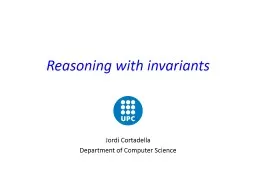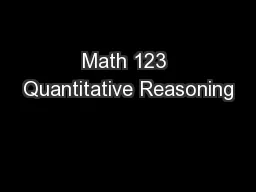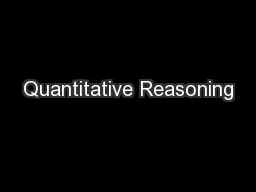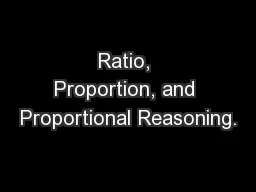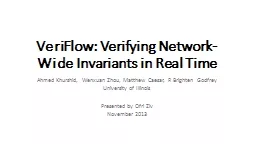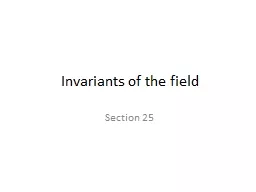PPT-Reasoning with invariants
Author : ellena-manuel | Published Date : 2016-05-16
Jordi Cortadella Department of Computer Science Invariants Invariants help to Define how variables must be initialized before a loop Define the necessary condition
Presentation Embed Code
Download Presentation
Download Presentation The PPT/PDF document "Reasoning with invariants" is the property of its rightful owner. Permission is granted to download and print the materials on this website for personal, non-commercial use only, and to display it on your personal computer provided you do not modify the materials and that you retain all copyright notices contained in the materials. By downloading content from our website, you accept the terms of this agreement.
Reasoning with invariants: Transcript
Download Rules Of Document
"Reasoning with invariants"The content belongs to its owner. You may download and print it for personal use, without modification, and keep all copyright notices. By downloading, you agree to these terms.
Related Documents

